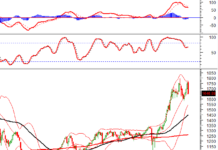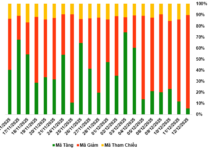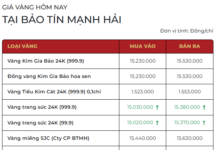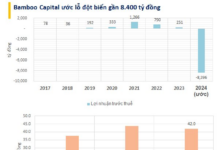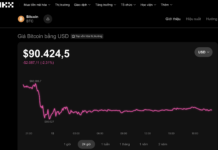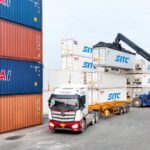The usual peak shipping season for the bustling Christmas period typically starts around August to September. However, this year, things got off to an earlier start, beginning in April. This signaled a significant shift in the global supply chain. Huatai Futures, a market research firm, predicts a sharp decline in container shipping from September to November.
According to the market report released by the digital freight forwarder Flexport on Monday, inventories in the US are now at healthy levels following a surge in shipping from May to July. With the bulk of inventory replenishment largely completed, transportation demand is expected to weaken in the coming weeks.
This trend is not unique to the US market, as Europe is witnessing a similar pattern. UK Container Trade Statistics show that the volume of cargo from East Asia to Europe fell from 1.75 million TEU in June to 1.58 million TEU in July.
China’s export sector, according to data from the General Administration of Customs of China, experienced a significant dip in July, with a 2.3% decrease compared to the previous month, although it rebounded by 2.7% in August.
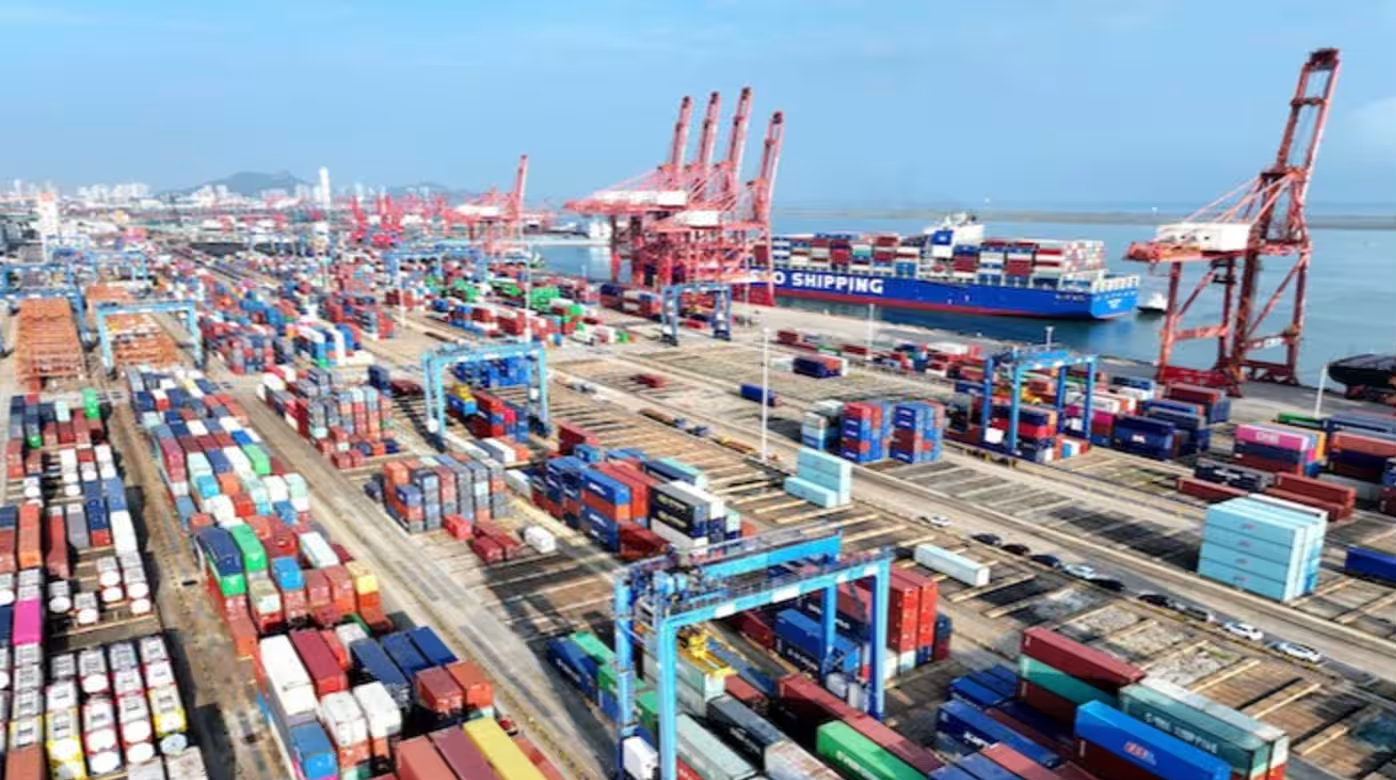
This slowdown is reflected in the sharp decline in freight rates. The Shanghai Containerized Freight Index for the Europe route fell by 10.6% last week, a nearly 30% drop from its July peak. The index for the US West Coast route decreased by 6.9% in the week, a 40% decline from its July high.
Freight forwarders report that container shipping rates on major East-West trade lanes are falling by nearly $1,000 per 40-foot (12-meter) container per week as carriers aggressively compete to fill their ships. Utilization rates remain high at 90% to 95%, but insufficient demand forces companies to slash prices.
The volatility of freight rates can be attributed to various factors. The Red Sea crisis, tariff uncertainties, and overseas inventory buildup fueled a shipping surge from mid-April to July, causing rates to soar.
However, the delivery of new vessels is starting to ease supply constraints. Huatai Futures predicts that shipyards globally will deliver an additional 200,000 TEU in container ship capacity by the end of this year, helping to fill the capacity gap.
Beyond market factors, labor disputes pose a potential threat. Negotiations between the International Longshore and Warehouse Union, representing 45,000 workers at US container ports, and the US Maritime Alliance, a group of container carriers and port operators, have stalled, raising the possibility of a strike once the current contract expires on September 30. A strike could lead to port congestion and shipping delays, further tightening transportation capacity on routes from Asia to North America and Europe.
Vu Hao (According to Nikkei Asia)
Unveiling Vietnam’s Hidden Gem: Abundant Deposits of Precious Minerals
The Ministry of Natural Resources and Environment has discovered geological signs and indicators in several regions across Vietnam, suggesting the presence of strategic mineral resources. This discovery extends beyond previously explored, evaluated, and surveyed areas, highlighting the potential for untapped mineral wealth in the country.
“Supercharging Durian Exports: THILOGI’s Official Entry through Chu Lai Port”
The Chu Lai Port is emerging as a vital gateway for trade in Central and Highland regions of Vietnam. It plays a pivotal role in facilitating the export needs of the region, especially for agricultural produce, as evident by the ever-increasing trade value.



